Starship lands in the ocean with its engines firing for the first time, bringing Elon Musk one step closer to Mars

SpaceX's Starship rocket completed its first full flight and ocean splashdown.
Surviving the ultrahot, high-stress plummet through Earth's atmosphere is a huge milestone.
Starship is closer to realizing Elon Musk's dream of slashing spaceflight costs and settling Mars.
SpaceX's ambitious mega-rocket, Starship, just proved that it can not only fly into space but also survive the extreme plummet back to Earth mostly intact.
On Thursday, both stages of the rocket — the Super Heavy booster and the Starship rocket — reached a major reusability milestone when they both landed in the water after launch.
Super Heavy landed in the Gulf of Mexico minutes after liftoff. But Starship's splashdown was even more impressive. The rocket ship flew into space, briefly cruised above Earth, and screamed back through the atmosphere at about 17,000 mph, enduring plasma lashing it at temperatures of up to 3,500 degrees Fahrenheit.
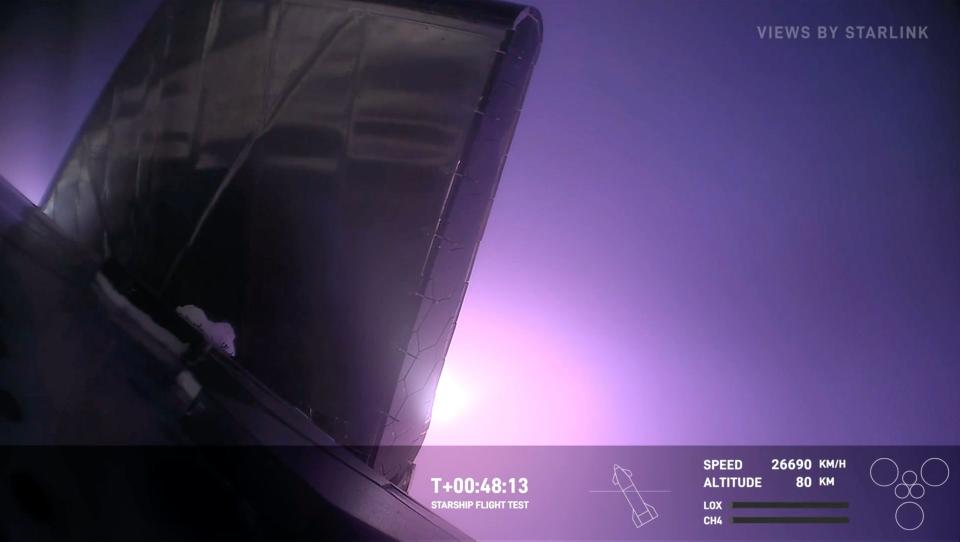
As it approached the Indian Ocean, Starship fired its engines in an effort to flip itself upright and slow itself down, practicing a controlled landing. It's not clear how soft the landing was, as the spaceship was clearly shredding pieces on the livestream and visibility became poor as it approached the water.
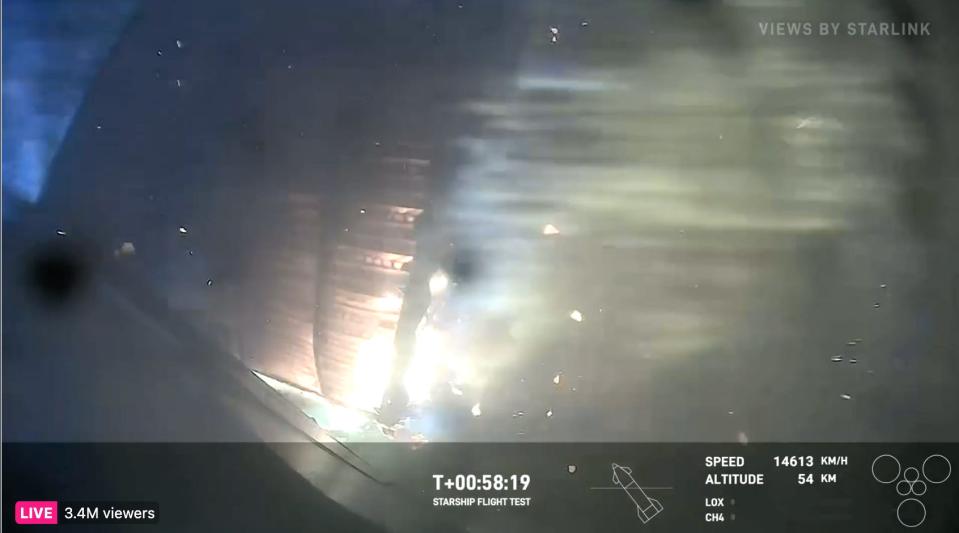
Whatever happened, the ship completed its mission by sinking into the ocean.
Believe it or not, cannonballing into the sea is a big deal for Starship. Last time it attempted the feat, in March, it disintegrated midfall.
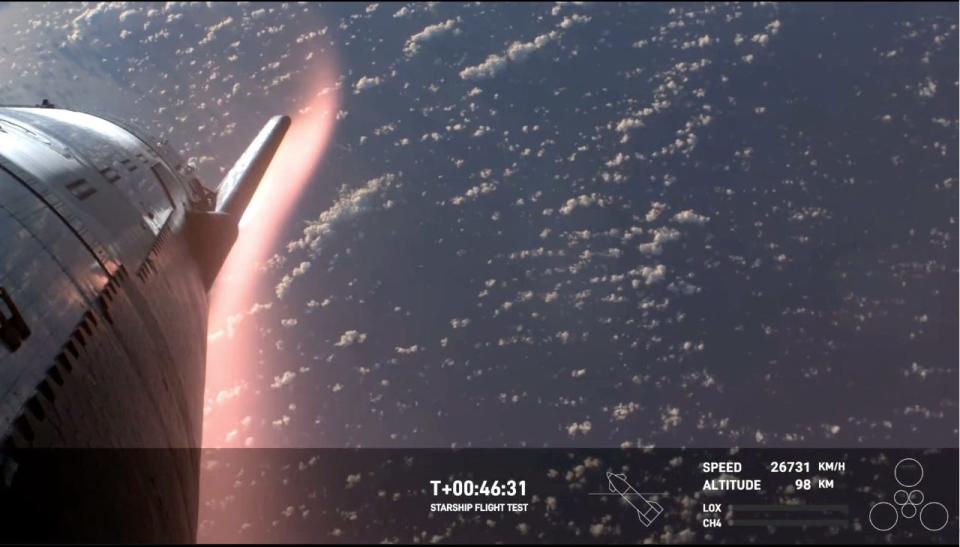
Now Starship and its Super Heavy booster are one big step closer to fulfilling their revolutionary promise of being the first fully reusable rocket system capable of reaching orbit. If Starship can translate this ocean landing into a land landing, it could slash the cost of spaceflight significantly.
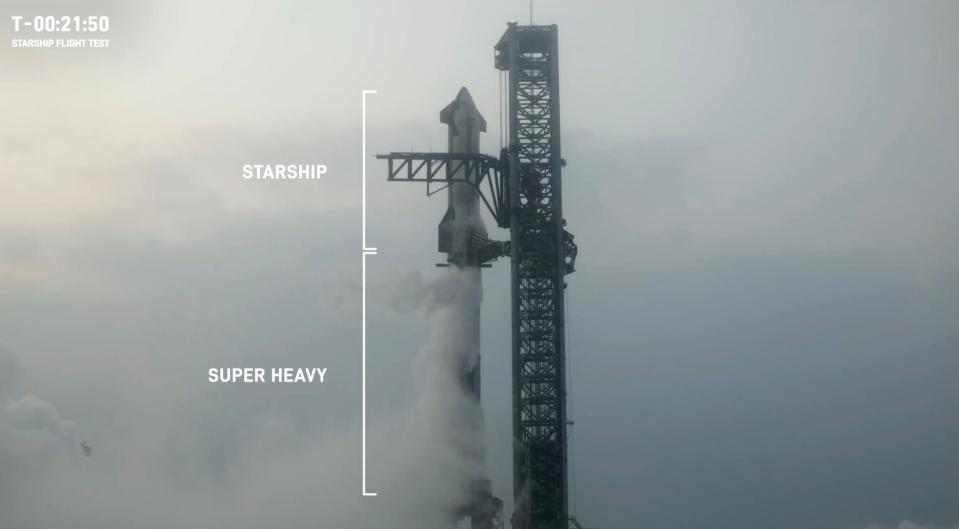
Then, of course, there are Elon Musk's Mars ambitions. Starship is the vehicle that's supposed to build his city on the red planet, with a population of 1 million people.
"No rocket before this has had the potential to extend life to another planet," Musk, who founded SpaceX in 2002 for this very purpose, said in April, standing before Starship at the company's Texas facilities.
Starship's 4th flight to space
The giant launch system, standing taller than the Statue of Liberty, fired its Raptor engines and roared past its launchpad in Texas on Thursday morning.
The launch wasn't perfect — one engine failed to light. But the rocket still worked.

Just as it did on its flight in March, the rocket's Super Heavy booster separated from the Starship rocket ship high above Earth, allowing the winged spacecraft to continue into space.

The booster fell back to Earth, practiced firing its engines to lower itself as if it were landing on solid ground, and splash-landed in the Gulf of Mexico.
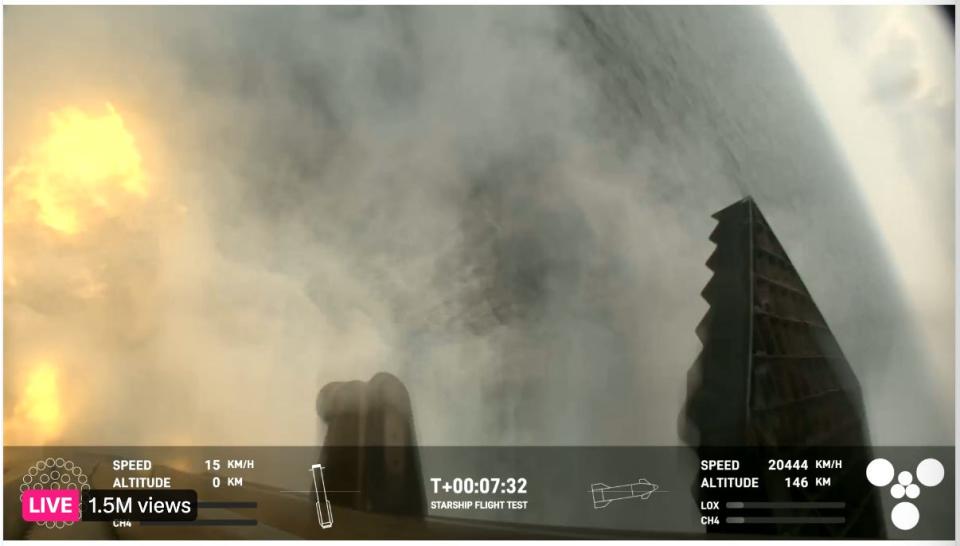
That checked off SpaceX's first vehicle-return goal for the flight. Next was Starship itself.
On its plummet back to Earth in March, Starship fell out of communications. SpaceX eventually declared it lost, likely broken apart or blown up by the stress of reentering the atmosphere.
But on Thursday the rocket ship survived the fall, splashing into the ocean and completing its first full flight.
It wasn't unscathed, though. One of its flaps began to rip off and shred midfall, and the camera offering the live view cracked.
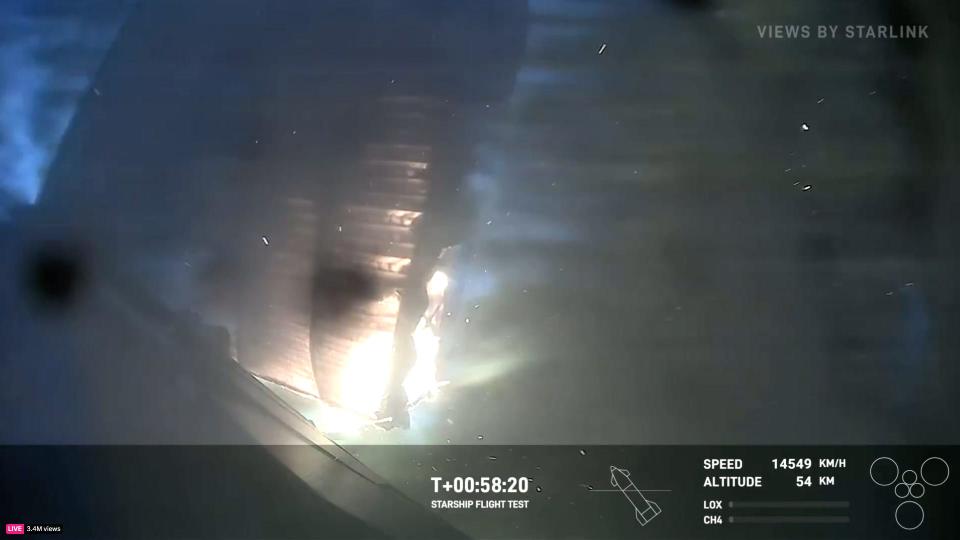
Next step: catch the rocket with 'chopsticks'
No orbital launch system on Earth is fully reusable. SpaceX pioneered reusing the lower stage of a rocket — its booster — with the Falcon 9, the workhorse that takes NASA missions and Starlink satellites to orbit.
Starship-Super Heavy is poised to be the first system to also reuse the upper stage: the spaceship that enters orbit after the booster falls away.
A Starship prototype already proved that it could lower itself to a soft landing from a flight 6 miles above Texas, albeit after several explosive failed attempts. But returning from orbital heights to land in one piece is another feat.
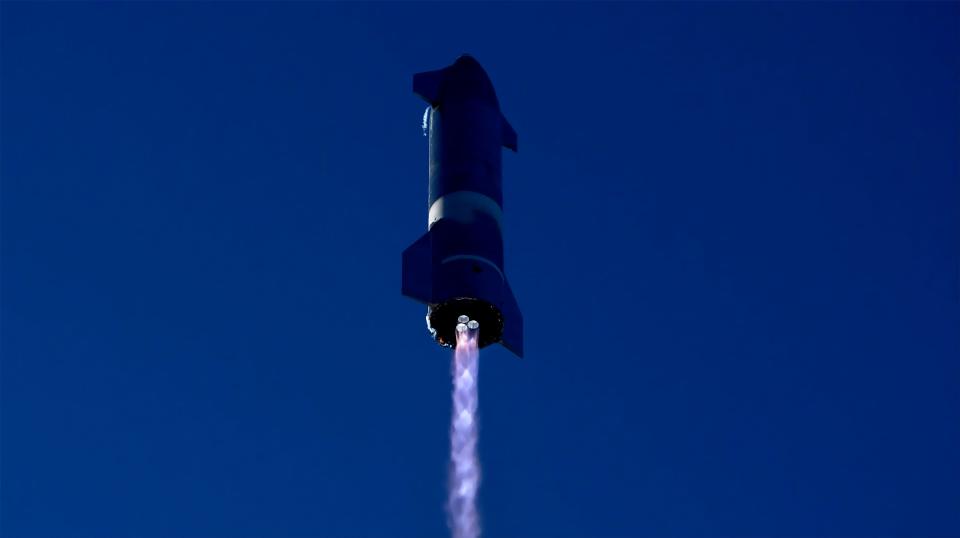
On its next flight, SpaceX might attempt to catch the Super Heavy booster with giant "chopsticks" on its Texas launch tower.
"I think the odds of actually catching the booster with the tower, probably like 80% or 90% this year," Musk said in April. "Which is insane. Like actually, when we first talked about it, it sounded so batshit crazy."
As for Starship, the upper stage, it might not descend from space to an actual landing pad until next year, he said.
"We just need to be confident that we can get through the high heating portion of the reentry reliably, and then we will bring the ship back and we'll land on the tower as well," Musk said.
Read the original article on Business Insider

